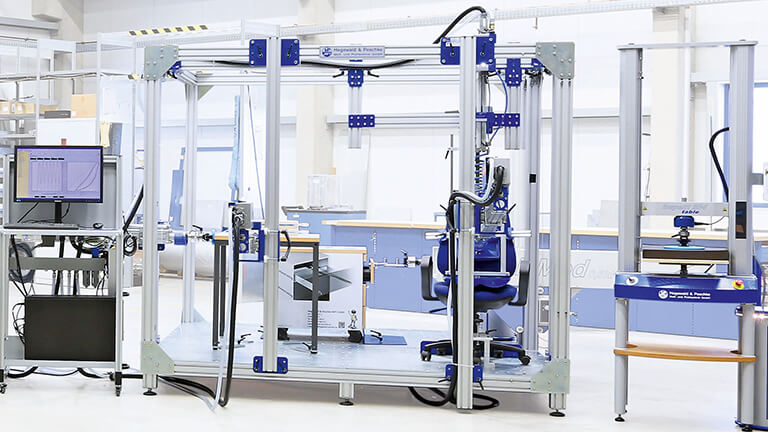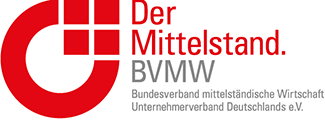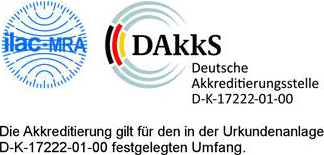Search Results
Bending devices and folding devices
Flexure test kits for 3- and 4-point bending tests and folding tests
Applications for bending devices and folding devices:
- Determination of material properties of brittle composites, ceramics, metals, wooden panels, rigid plastics
- Analysis of welded sheets
For the selection of a bending device, various criteria have to be considered based on the test procedures and the standard specification:
- Procedure: 3-point or 4-point bending test or folding test
- Rigid, rotatable or tiltable bending fin and supports
- Dimensions & spacing of supports and fin
- Material, hardness
- Maximum bending force
- Accuracy of deflection
- Possible risks in case of breakage
Bending test and folding test methods
3-point bending test
- Simple test set-up for a variety of test methods
- Especially used for elastic materials
Folding test
- Deformation always up to the plastic range
4-point bending test
- Constant bending moment between both support points (shear force-free area)
- Used mainly to determine the flexural modulus of elasticity of brittle materials.
Options for the supports and bending fins of bending devices
- Bearing can be swivelled, tilted and fixed → Purpose: avoidance of transverse loads with non-symmetrical specimens
- Different bearing surfaces and radii at the bending edges
Bearing distances
- Mostly specified by test standard / specimen dimensions.
- The adjustment of the support distances is carried out either via screws or via a crank. The distances can be read off with millimetre precision using an applied scale.
Determination of the deflection in bending tests
Measuring probe/control probe
- For accurate measurement of deflection
Support with angle sensors
- Direct determination of the bending angle via angle sensors on both supports, e.g. according to DIN EN 12814-1
Safety equipment for bending devices
- Safety enclosure of the bending device: especially for testing ceramics
- Safety door over the entire test area
Test tools for bending tests and folding tests: selection criteria and application examples
Videos bending tests:
4-point bending test on wood-based materials according to EN 789
4-point bending test on glass according to DIN EN 1288-3
4-point bending test on ceramics according to EN 483-2 (method A)

























